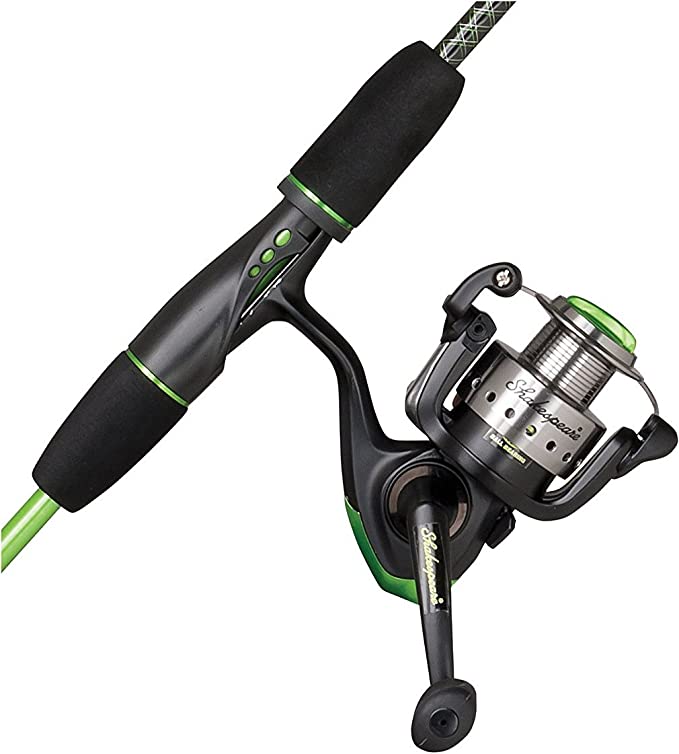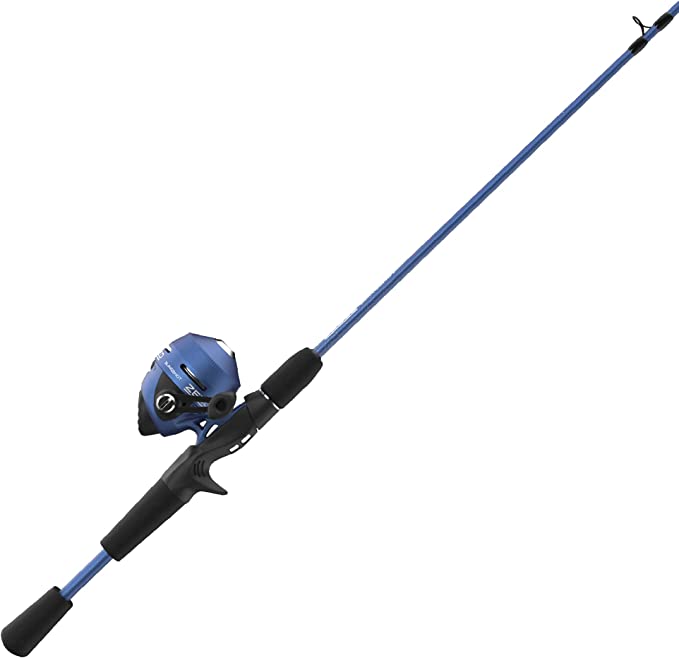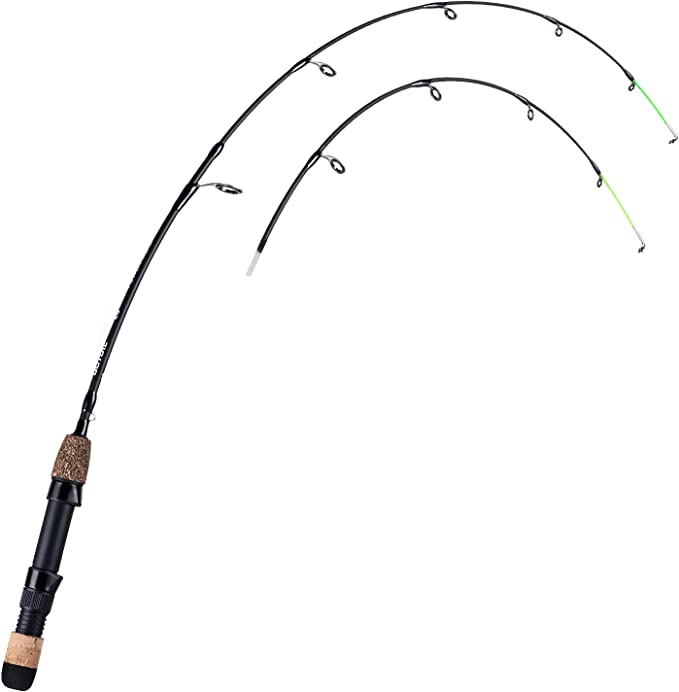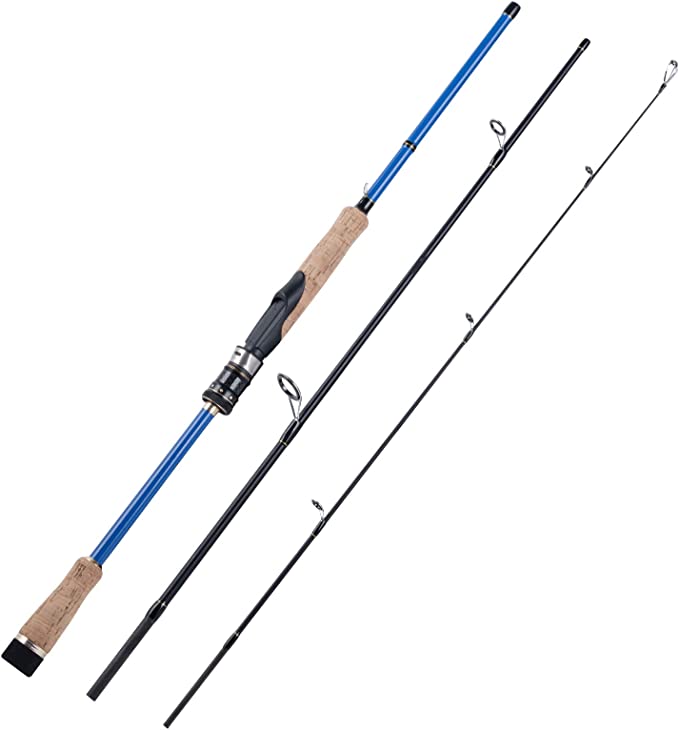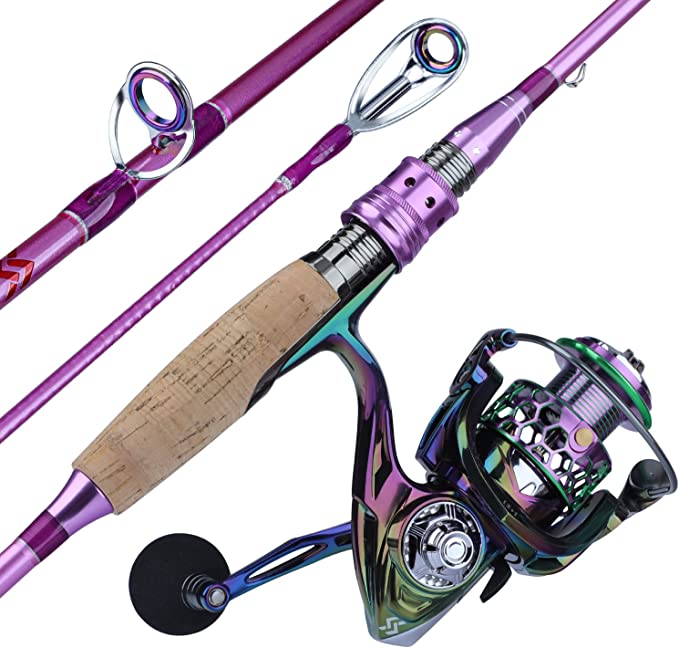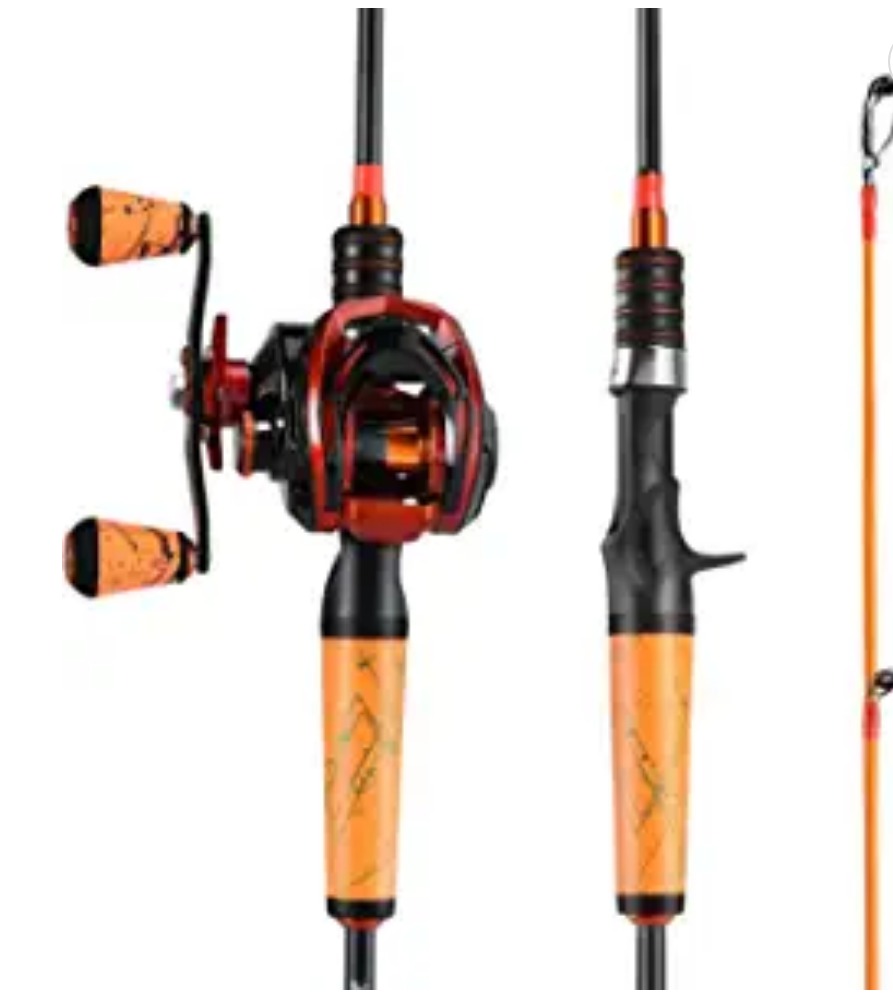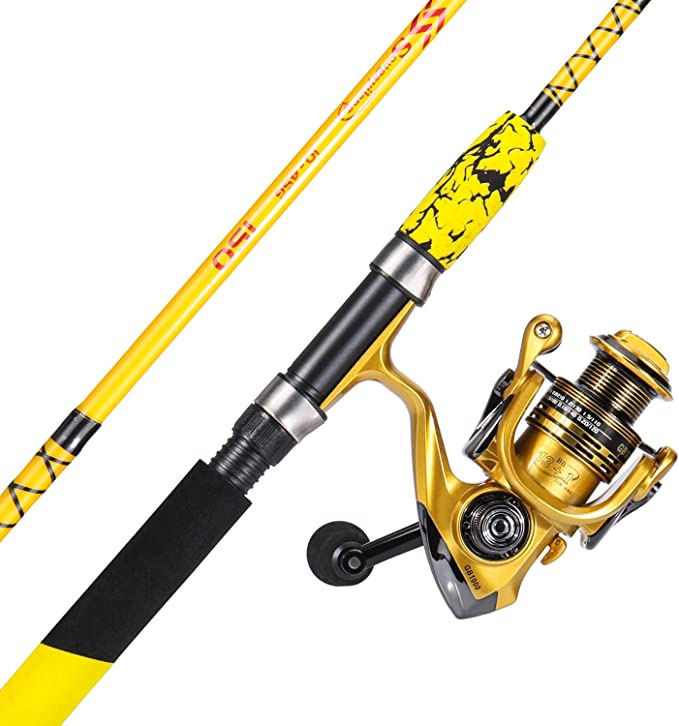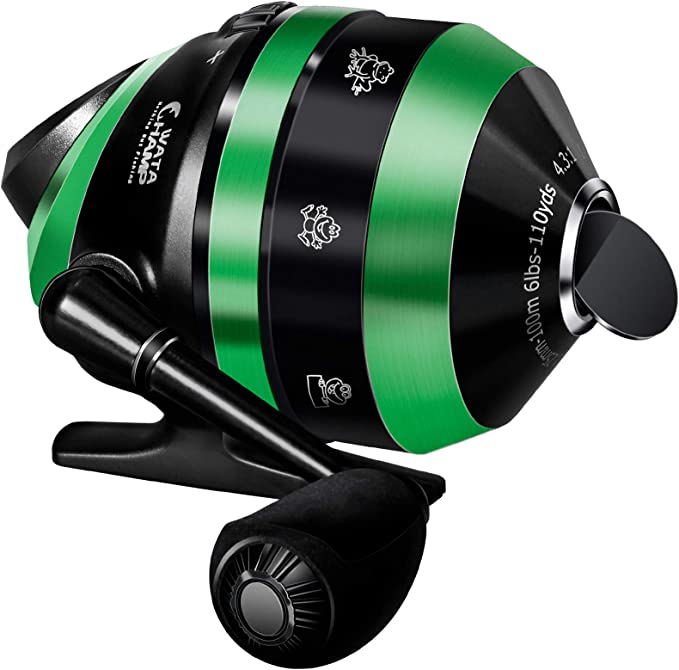The Predator's Gambit: Deconstructing the Science of Slow-Pitch Fishing Jigs
Update on Aug. 1, 2025, 1:55 p.m.
In the profound, crushing quiet of the deep ocean, survival is a game of sensory warfare. For the predators that reign here—the powerful tuna, the ambush-ready grouper—every flicker of light and every pressure wave is a piece of information, a clue that distinguishes a potential meal from a threat. To succeed in this realm, an angler’s offering must be more than just bait; it must be a masterfully crafted lie, a deception so convincing it bypasses eons of evolved instinct. The modern slow-pitch lure, exemplified by designs like the Gefischtter Vertical Jigs, is precisely that: not a simple piece of lead, but a calculated instrument of scientific persuasion.
The Language of Light: A Signal in the Silence
Long before a predator can feel or taste a lure, it sees it. Light behaves differently underwater; it is scattered, absorbed, and its colors are filtered out with depth. The design of a modern jig exploits this unique environment. Its highly reflective, laser-coated finish isn’t just for show; it’s a weaponized mirror. As the jig tumbles through the water column, its flat surfaces catch any available down-welling light and scatter it in brilliant, chaotic flashes. This action mimics the visual distress signal of a panicked or wounded baitfish whose scales are catching the light as it loses control. To a distant predator, this is not just a sparkle; it’s a broadcast, a sign of a vulnerable, energy-rich opportunity.
In the lower light zones, another layer of deception comes into play. The application of luminous, phosphorescent paint on the jig’s belly is a direct appeal to the primal programming of deep-water hunters. It simulates bioluminescence, the native language of the abyss. While true bioluminescence is a chemical reaction, the phosphorescent glow of the lure serves the same purpose: it creates a beacon of life in the crushing darkness. This glowing signal can trigger curiosity from a distance and, more importantly, provide a precise target for the final attack, especially when other visual cues are lost to the gloom. The illusion is completed by the prominent, realistic 3D eyes. Predators are neurologically wired to strike at the head to quickly disable their prey. The eye acts as a fatal focal point, concentrating the aggression of the attack on the very spot where the sharp, waiting hooks are positioned.
The Wounded Dance: Hydrodynamics as a Weapon
If light is the invitation, then movement is the persuasion. The genius of the slow-pitch jigging technique lies in the lure’s action during the fall, and this action is a direct result of sophisticated hydrodynamic design. Unlike a simple sinker designed for a quick descent, a slow-pitch jig like the Gefischtter is engineered to perform a complex ballet on its way down. Its streamlined, yet fundamentally asymmetrical, body is the key.
As the jig descends, water flows over its varied surfaces at different speeds. This creates differential pressure zones, a principle first described by Bernoulli. The lure’s center of gravity is intentionally offset from its center of pressure, causing it to tip and slide. As it picks up speed, the buildup and shedding of vortices off its sharp edges induce a captivating flutter and a side-to-side flipping motion. The lure doesn’t just sink; it tumbles, glides, and pauses, cascading through the water like a falling leaf.
This is the critical deception. This erratic, uncontrolled descent is the perfect imitation of a dying fish succumbing to gravity. It’s a motion that speaks directly not only to the predator’s eyes but also to its lateral line system—a remarkable organ that detects minute pressure changes in the water. The wounded dance of the jig sends out a symphony of pressure waves that scream “easy meal.” It is the core philosophy of slow-pitch jigging: you are not actively “working” the lure on the retrieve, but rather “presenting” its dying fall, patiently allowing physics to tell a story that no predator can ignore.
The Final Contract: Engineering for the Unforgiving
The deception is a success. The predator strikes with bone-jarring violence. Now, the lure’s second purpose is revealed: survival. The battle that ensues is a brutal test of materials. This is where the focus shifts from physics and biology to the stark reality of engineering. The lure’s hardware must be flawless. The choice of BKK hooks, a brand respected for its quality, is a critical first step. These hooks are forged from high-carbon steel, a material prized for its ability to be hardened to an exceptional degree, ensuring a sharp point for penetration, while retaining enough integrity to resist bending or breaking under immense strain. Their corrosion-resistant treatment is not a luxury but a necessity for survival in the saltwater environment, which relentlessly attacks lesser metals.
Yet, a strong hook is useless if its connection fails. The high-strength, welded solid rings that join the assist hooks to the lure are the unsung heroes of the system. In the fight, the force is not a steady pull; it’s a series of violent head-shakes, surges, and direction changes. These welded rings eliminate a potential point of failure found in inferior split rings, which can be prized open by the torque of a powerful fish. They ensure that the entire system, from the point of the hook to the angler’s line, acts as a single, unbroken contract, capable of withstanding the final, desperate struggle of a deep-sea titan.
Ultimately, a lure like this represents the pinnacle of the angler’s art, where it transcends craft and becomes applied science. It is a testament to an intellectual and tactical pursuit, a deep understanding of the environment and its inhabitants. The thrill of the strike, that electric moment when the line goes taught, is more than just a fish on the line. It is the exhilarating validation of a perfectly executed gambit, the instant where a deep understanding of light, motion, and material science is rewarded by the raw, untamed power of the wild.
